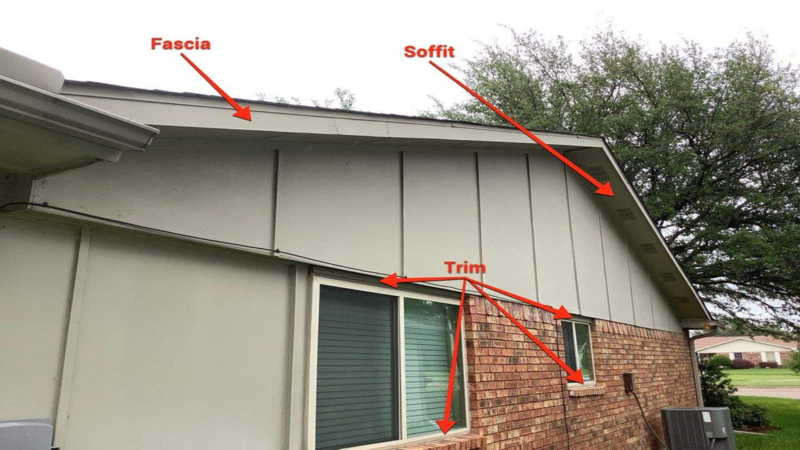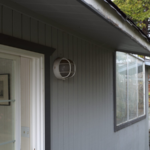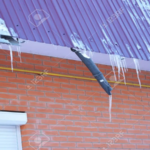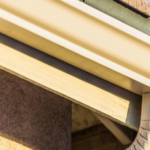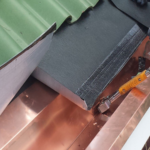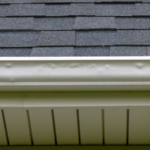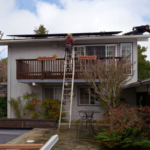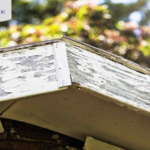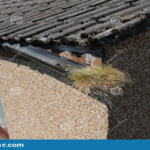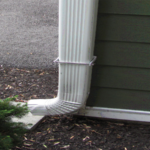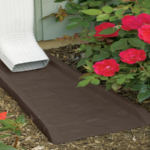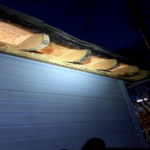The answer to this question depends on a few factors, such as the type of soil on your property, the amount of rainfall you typically receive, and the slope of your land. That being said, as a general rule of thumb, downspouts should drain at least 4-6 feet away from your house. This will help to ensure that water does not pool around your foundation and cause any damage.
Where should downspouts drain to?
There are a few things to consider when determining where to drain your downspouts. If you have gutters, you’ll want to make sure the water drains away from the house so it doesn’t seep into the foundation. The size and slope of your yard also play a role in where the water will drain to. You may want to consult with a landscaper or contractor to figure out the best place to drain your downspouts.
What is the rule of thumb for downspouts?
There is no definitive answer to this question as the amount of downspouts needed for a home depends on a variety of factors, including the size and shape of the roof, the amount of rainfall in the area, and the slope of the land around the house. However, a good rule of thumb is to have one downspout for every 600 square feet of roof surface. This will ensure that water is properly drained from the roof and away from the foundation, preventing serious damage to the home.
What are the rules for gutter drainage?
- Make sure your gutters are pitched properly so that water can drain properly.
- Keep your gutters clean and free of debris so that water can flow freely through them.
- Be sure to direct downspouts away from your foundation to avoid water damage.
How far away from foundation should water be?
Water should be at least six inches away from the foundation of a house in order to avoid dampness and possible water damage. If the ground is sloped, then the water should be diverted even further away with the use of gutters, downspouts, and/or French drains. It is also important to keep an eye on the landscaping around the house, making sure that plants are not overgrown and that there is no debris near the foundation that could prevent water from draining away from the house.
Do I need to bury my downspouts?
No, you don’t need to bury your downspouts. However, it’s a good idea to do so if you want to keep your yard looking tidy. Bury them so that the water flows away from your house and into a drainage system.
How do I divert groundwater away from my house?
- One way to divert groundwater away from your house is to install a French drain. This is a trench that is filled with gravel and has a pipe running through it. The pipe is used to carry the water away from your house.
- Another way to divert groundwater away from your house is to install a sump pump. This is a pump that is installed in the lowest point of your basement. It will pump the water out of your basement and away from your house.
- You can also divert groundwater away from your house by grading your yard. This means that you will make sure that the ground slopes away from your house. This will allow the water to run away from your house instead of towards it.
- You can also install gutters and downspouts on your house. This will help to collect the water and divert it away from your house.
- Finally, you can also plant trees and shrubs around your house. This will help to absorb the water and keep it away from your house.
Where should water from gutters go?
There are a few options for where water from gutters should go. One option is to have the water go into a rain barrel. This is a good option because it allows you to save the water for later use. Another option is to have the water go into a drainage system. This is a good option because it prevents the water from pooling around your home and causing damage.
Bottom Line
It is important to make sure that your downspouts are draining properly in order to avoid any water damage to your home. The general rule of thumb is that downspouts should drain at least four to six feet away from your house. However, this may vary depending on the slope of your property and the type of soil you have. If you are unsure, it is always best to consult with a professional to determine the best placement for your downspouts.
